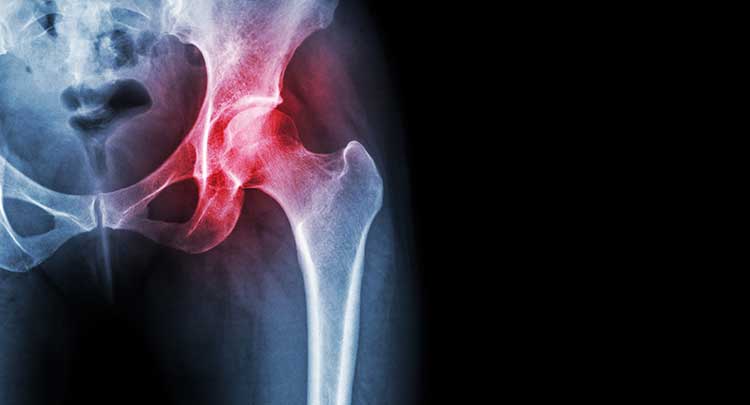
Therapies utilizing injections are becoming increasingly popular, and our physicians here at Paragon Sports Medicine are specialized in this type of treatment. Some of the components that can be injected in these types of treatments can include corticosteroids, platelet rich plasma, mesenchymal stem cells, biologic tissues and matrices, and many others. While most of these therapy options have been shown to be quite effective at pain management and tissue healing, their method of administration has been widely debated.
In the past, these injections have generally been done “blindly” by using landmarks on the human body, such as bumps or grooves on bones, as guides. However, there have been more recent developments, and image guided injections are becoming increasingly popular. Dr. Ched Garten explains how this type of injection is much more accurate, more effective, and offers a much lower chance of complications occurring.
What is a Blind Injection?
Blind injections have been and continue to be used by physicians all over the United States. These injections are done using anatomical landmarks in various places on the body. This can be done with both visual cues and through the use of palpation around the injection site.
While this technique can work some of the time, there is always the chance of a mistake, even with experienced practitioners. If the needle is in the wrong position, the cells or fluid being injected won’t even make it into the correct tissue. This means that you won’t receive any of the benefits, and you could actually see negative reactions instead.
The Success Rate of Blind Injections
No matter how many injections a physician has completed, there is always the chance that they do not place the needle directly in the desired location. One study examined the location of 43 steroid injections done in the hip in order to treat osteoarthritis.
Each of the injections was performed using a dye and a radiograph. The needle was first inserted blindly into the hip joint, and then, once the needle was in position, the radiograph was used to confirm if the needle was actually in the correct position. If it was not, the needle was repositioned and the injection was completed.
Out of the 43 hip injections performed, only 28 of the injections were correct the first time, which is only a success rate of just 65.1 percent. This is a success rate of only about 2 out of 3. If the patient had a hip flexion deformity, this percentage was even worse, and none of the four injections were correctly placed initially. A higher failure rate was also seen in patients with a body mass index of over 30. Other studies have noted failure rates as high as 70 percent for blind injections.
Potential Issues with Blind Injections
If the needle is not inserted into the correct tissue, it could cause severe negative side effects. This is especially true with injections of mesenchymal stem cells, biologic matrices, or other biologic tissues. These therapies have the ability to create and grow new tissue.
While these are great options for regenerating damaged tissue, if they are injected into areas with already healthy tissue, it could result in abnormal growth. Depending on the location, this could result in complications and potentially lead to other health issues.
The Effectiveness of Image Guided Injections
Image guided injections, which are also called ultrasound guided injections, utilize video imaging software that allows the physician to view the tissue in three dimensions to ensure that the needle is being inserted into the correct tissue. Studies have shown that guided injections have success rates of up to 96 percent and that they can be upwards of 20 percent more accurate that blind injections.
Patient outcomes have also been noted to be higher with image guided injections. One study looked at 94 injections used to treat osteoarthritis in the knees to examine the potential benefits of using image guided injections over blind injections. They found that guided injections resulted in a 48 percent reduction in pain from the injection procedure itself and a 42 percent reduction in overall pain afterwards.
The study also found that there was a 107 percent increase in the number of patients who responded well to the injection and a 52 percent reduction in the number of patients who did not respond to the treatment. The benefits of the treatment also lasted longer, and the annual cost of treatments decreased.
Image guided injections provide a great alternative to the traditional method of injection. This new technique allows physicians to complete procedures more easily, with more accuracy, and while causing less pain to their patients. This technique also significantly reduces the chance of complications occurring during or after the procedure.
Due to the widespread benefits of and with the accessibility and accuracy of imaging software, there is no reason for image or ultrasound guided injections to not to be used in favor of blind injections.
http://citeseerx.ist.psu.edu/viewdoc/download?doi=10.1.1.670.1738&rep=rep1&type=pdf
https://ard.bmj.com/content/56/1/59.short
https://ard.bmj.com/content/63/9/1007.2
https://onlinelibrary.wiley.com/doi/pdf/10.1002/jcu.20890






